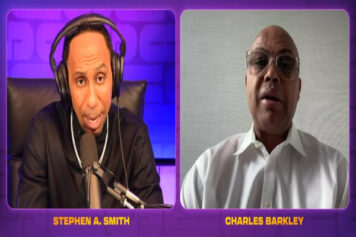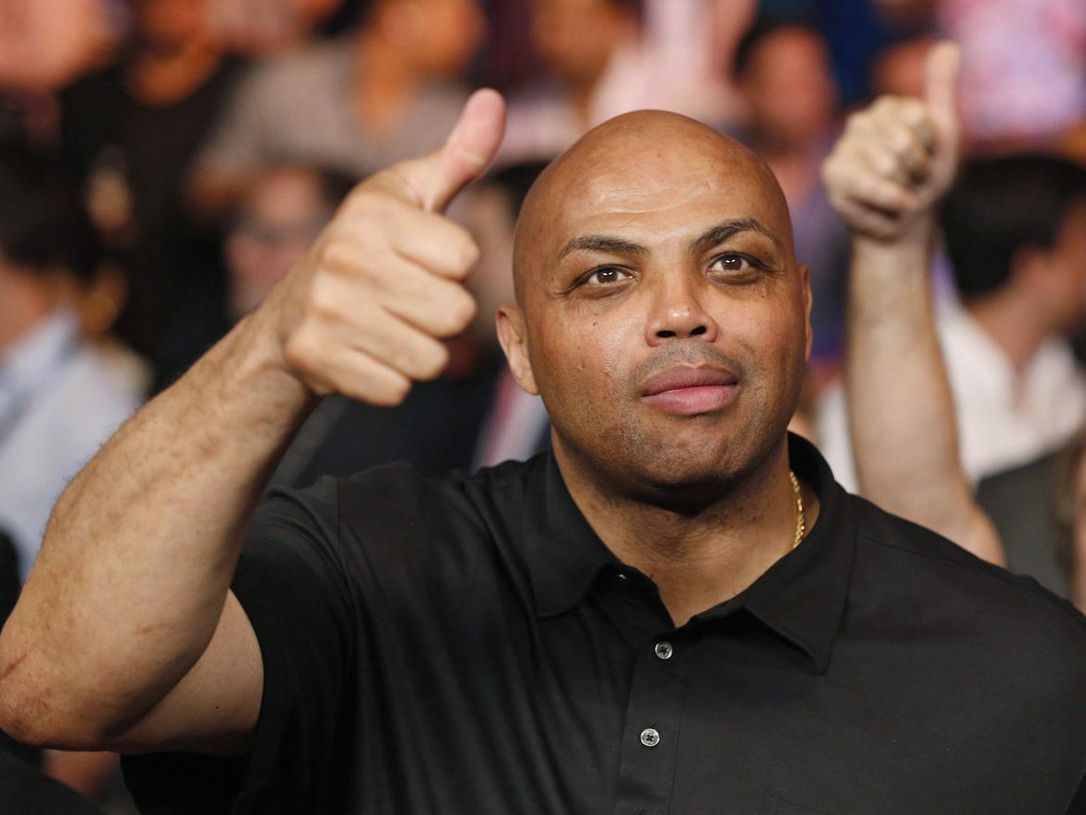Charles Barkley famously said, “I am not a role model” in a widespread ad campaign in 1993. The ad ignited a large public debate about how athletes should be viewed by children and young adults. Barkley believed that parents and teachers were pushing their proper responsibility of being role models on athletes that weren’t necessarily good role models. Despite the ad being viewed in a negative light, Barkley believed it was actually a positive message in that it was more or less reaffirming the natural socioeconomic order for young adults to become successful.
Children and young adults need direction from those who are close to them and know them well. Idolizing someone you know for playing a sport wouldn’t work in the grand scheme of things. The advance of Cable TV at that point, and mass marketing campaigns like “Image is Everything” and “Like Mike,” made it easier for people to idolize athletes for all the wrong reasons and blurred the line between who and what they should really value. Barkley even said in his defense at one point, “There are 1,000 guys in jail who can dunk a basketball, should they be role models?”
So what’s changed in the last 20 years? Well, first off, the Internet became widespread shortly after the ad, and newspapers and classic sports journalism have all but vanished since then. Not to mention, the athlete is looked at in an entirely different light. The rise of online fantasy sports leagues, and ESPN’s sports-obsessed culture, has created a more results-oriented view. The athlete – while still either greatly admired or loathed – is now the means to an end for most sports fans, pure and simple. Winning is everything, and what those athletes do off the court is irrelevant now with few exceptions. This new mentality has made it easier to forgive a dramatic fall from grace in an athlete’s personal life.
Kobe Bryant, many forget, was actually accused of rape over 10 years ago, but his jersey is still one of the top sellers on the market. His incident is a mere blip on the radar for today’s sports fan. Tiger Woods’ scandal shattered the clean-cut image Nike and his agents created for him. Despite losing major sponsors like Gatorade and Accenture after the scandal, however, Nike stayed with him, and he continues to gain new sponsors during his comeback. As is standard now, his public image took an initial blow, but skyrocketed back up since rock bottom. Most fans concluded that his personal life is irrelevant despite the mistake, because when they watch him hit a golf ball or win a tournament it makes their day. The fact that he is arguably the greatest of all time in his sport and continues to dominate the game is what’s really important to them.
Lance Armstrong is one exception, because he made the mistake of marketing himself entirely the old fashioned way in a completely new era. He was the hero who returned to win from near-death cancer who supposedly never used steroids. It was the kind of story you could only imagine; the athlete that reached the pinnacle of his sport by winning the Tour de France and seemed to have the determination no one could match. But that image was smashed over the last 10 years. Armstrong famously and constantly denied rumors about steroid use on his team after his initial wins. He went so far as to sue people who accused him of steroid use and eventually lied under oath about his use of steroids. Greg LeMond, a three-time winner of the Tour de France who was licensed to TREK’s bike line, accused Armstrong of steroids after his wins, and Armstrong fired back using his corporate connections to rid LeMond of sponsorship. Yet, while taking LeMond down and suing others, he was living a total lie, and held out for years on the truth. After he confessed to Oprah, Lance lost everything and will probably never get anything back. Had he been honest at the forefront for his transgressions like Tiger Woods, he might still be popular, but he thought he was safe in the new era of standards we have for athletes.
Barkley’s ad ushered fans and the industry into a new era. Putting an athlete up on a pedestal as some great human being is a mistake and their skills are what should be valued. The Internet allowed fans to see the darker side of athletes’ personal lives and the industry simply moved where the market was. Andre Agassi’s “Image is Everything” ad campaign simply wouldn’t work in today’s industry, because, these days, the athlete is a means to an end for the success of our teams; not a person who we strive to be.
If the athlete isn’t a role model, then what should we look to them for? The main thing that made them successful and that can help any individual, in any walk of life, is having a dedicated work ethic. Despite Lance Armstrong being a liar and a cheat, he did train himself back from near-death cancer to win a Tour de France. He got some help from steroids, but there was still a bunch of remarkable grit and determination involved. Barkley was right to a degree, an athlete might not be an upstanding individual – hence, why they shouldn’t be role models – but he or she can be an example in many other ways. It’s up to society to find the right ones.



